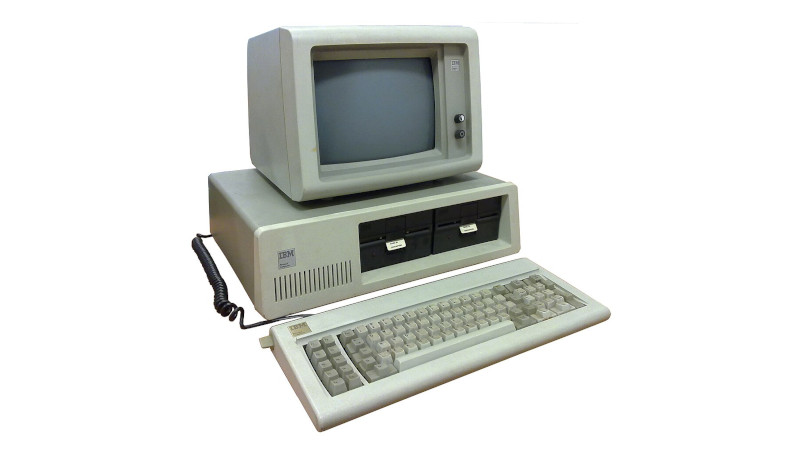
If you were to talk about sixteen bit computing in retrocomputing circles, misty-eyed reminiscences of the ST or Amiga would emerge. Both fine platforms, but oddly the elephant in the 16-bit room has become a victim of its own success. DOS, the granddaddy of all PC operating systems, seems oddly overshadowed by its 68000-based competitors in a way it certainly wasn’t back in the day. Perhaps it’s the often-atrocious graphics when cards designed for business graphics were pressed into gaming service, but it’s easy to forget that DOS PCs were the powerhouses of their day. They still pack a punch even in 2023, as [Lunduke] is here to show us by running a DOS web server. Take that, nginx!

While Microsoft and IBM abandoned DOS a very long time ago, the OS lives on in the form of the well-maintained open-source equivalent, FreeDOS. It’s a lifeline for people with DOS-era hardware to maintain as much as it is a favourite in retrocomputing, thus it’s the obvious place to start when installing a web server.
It’s a while since we navigated the many layers of DOS packet drivers and TCP stacks, but this guide implies that the FreeDOS folks have made it a much nicer process than it used to be. He installs the Sioux and WebServ web servers to compare two different options, configures the network, and hey presto!, a web page!
We can see that there’s little real-world value in running an internet-connected website from a 16-bit machine using nearly 20-year-old unmaintained software with no server-side processing capabilities here in 2023, but that’s not the point. DOS may be antiquated, but it’s still capable, it’s very adaptable and configurable, and it’s still just about relevant. We can completely see the fun in making it do unexpected things not because it needs to, but because it’s there.
Want more DOS fun? Boot your PC from vinyl.
Header image: Ruben de Rijcke, CC BY-SA 3.0.
0 Commentaires